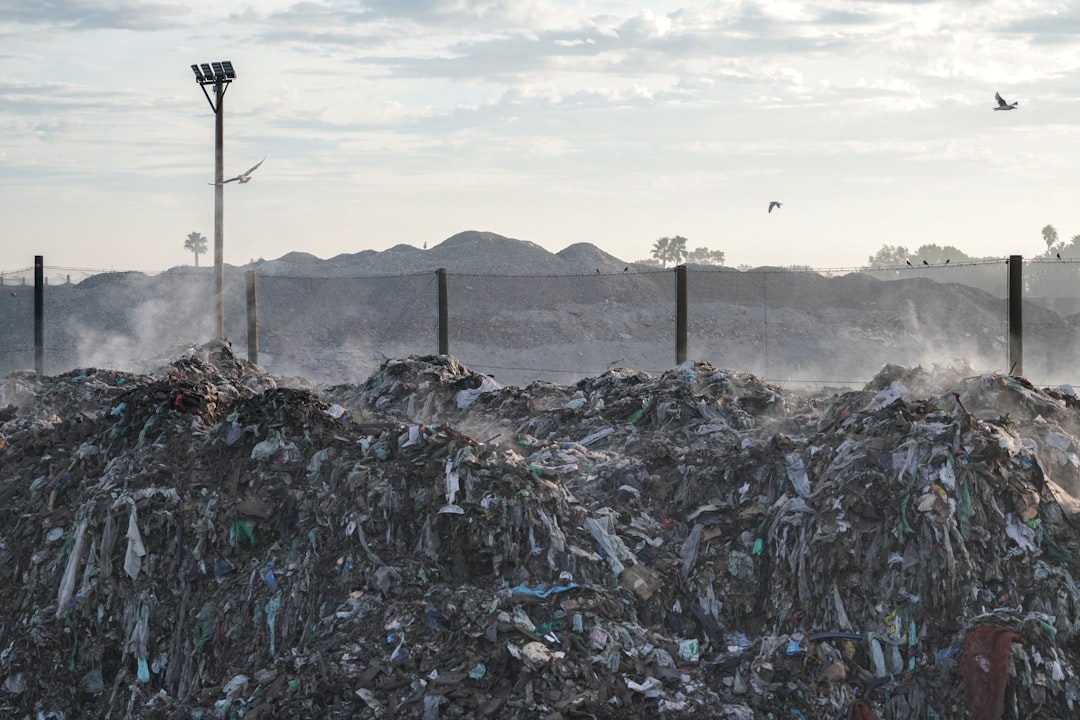What are the 3 Principles of Sustainability Of Life?



Summary: To summarize, negative synergies cannot be stopped, positive synergies cannot be developed, and real progress cannot be promoted without "integrating" and "interlinking" economic, social, and environmental "sustainability." Sustainability on all three fronts—economic, social, and environmental—is a dynamic system. The three principles of sustainability should be pursued together if "sustainable development" is to succeed.
Everyone has heard the term sustainability. We bank on it, encourage it, and defend it. Most people, however, are just vaguely aware of what it implies and elevate it simply because it sounds positive. In technical terms, sustainability is a balance of social equality, economic opportunity, and the earth’s resources to ensure that they will exist forever. Sustainability, to put it simply, is the fortitude to improve the welfare of future generations.
What does Fashion have to do with sustainability? A lot.
Water Waste
The fashion industry utilizes one-tenth of the water required industrially to run factories and produce clean goods. One kilogram of cotton requires 10,000 liters of water to manufacture, or roughly 3,000 liters of water for a cotton shirt. Additionally, the toxic chemicals used in dyeing textiles wind up in the oceans. This process accounts for roughly 20% of the world's wastewater, which builds up over time. Unfortunately, the wastewater in many circumstances, cannot be cleaned to make it safe once more.
Microplastics
According to estimates, the production and everyday usage of synthetic fabrics, notably residential apparel laundering, results in 0.19 million tonnes of plastic microfibres entering the marine environment annually.
Air Pollution
Throughout a garment's lifespan and prevalent overconsumption, waste develops, with 57% of wasted clothing ending up in landfills annually. Furthermore, half a billion polybags are produced annually and are widely used in the fashion industry. Although they are practical, there is a price to pay. Petroleum, a limited resource, is used to make plastic for polybags, and only 1% of plastic film is recycled. Where do the wasted clothing and polybags go? It is simply burned into the ecosystem.
Exploitation of Garment Workers

Less than 2% of those who create the clothing we wear are thought to make a decent wage. This indicates that an estimated 98% of fashion industry employees are likely trapped in structural poverty and unable to achieve their most basic demands.
If progress toward sustainability is to be monitored, it is essential to be able to measure, monitor, and report sustainability in a way that ensures transparency, accountability, and legitimacy. As a result, accurate and manageable indicators have become an essential part of sustainability assessment methodologies.
In 1987, Barbier was the first to conceptualize the three principles of sustainability- economic, social, and environmental sustainability.
1. Environmental Sustainability

Environmental sustainability focuses on the effects your firm will have on the environment. Meadows and Brundtland define environmental sustainability as "the maintenance of natural capital”.
In a rather narrow view, environmental sustainability is a state of equilibrium, resilience, and interconnection that enables human society to meet its demands without depleting its supporting ecosystems' resources.
Are you Environmentally Sustainable?
As mentioned earlier, fashion has a lot of negative environmental impacts. 10% of human carbon emissions come from the manufacturing of textiles, which also depletes water supplies and pollutes rivers and streams. In addition, more than 80% of all textiles are discarded every year. Moreover, washing certain fabrics such as polyester, nylon, or acrylic, releases a substantial amount of microplastics into the ocean.
The environmental impact of the fashion industry makes us re-evaluate fast fashion and highlights the need for more sustainable business models and practices that positively answers the following questions:
- Are you producing something that will demand evaluation on part of future generations?
- Do you consider the environmental qualities of raw materials when choosing ingredients for new products and processes, and make environmental sustainability a top priority?
- Do you utilize green, sustainable energy sources and make investments to increase energy efficiency?
- Do you Consider the environmental effects of the product throughout its life cycle in every choice relating to product development and management?
2. Economic Sustainability

Economic sustainability refers to actions that promote long-term economic growth without hurting the community's social, environmental, and cultural facets. The goal is to encourage the appropriate and effective use of limited resources in a way that generates long-term benefits and ensures profitability.
More than 75 million people worldwide are employed by the fashion sector, which has a global market value of over 2.5 trillion dollars and is a significant contributor to our economy.
The industry has had phenomenal growth in recent years, with the manufacturing of apparel doubling between 2000 and 2014. Despite purchasing 60% more clothing in 2014 than in 2000, people only wore the clothing for half as long.
Are you Economically Sustainable?
Fashion items are distinct consumer products with short life cycles, volatile demand, unpredictable sales, and impulsive buying. The following considerations for manufacturers should help them be more economically viable:
- Do you maintain non-renewable resource input depletion rates below the pace at which renewable alternatives are created?
- Do you adopt transportation standards that give the greener modes of transport the highest priority?
- Do you design with reuse & recycling in mind?
3. Social Sustainability

Social sustainability is both a situation that improves the quality of life within communities and a process that enables communities to reach that condition.
The following characteristics are part of social sustainability:
- Access to essential services (such as health, education, transportation, housing, and recreation) on an equitable basis
- Fairness between generations, which means that the actions of the current generation should not be a disadvantage for future generations
- A mechanism for transferring social sustainability knowledge from one generation to the next
Are you Socially Sustainable?
The fashion industry needs to become economically sound and support a social transformation toward decent and healthy jobs. The following checklist can help fashion brands achieve social sustainability.
- Do you utilize open, transparent processes that involve the relevant stakeholders?
- Do you focus on protecting, sustaining, and improving human health?
- Do you support local employment?
- Do you support fair trade?
Trying to make the world sustainable isn't in everyone's best interests. However, given the existing situation, it is clear that businesses should at least try to cover the costs of implementing sustainable manufacturing practices that would make their products more environmentally friendly. Furthermore, 50 percent of Millennials and 54 percent of Generation Z say they would be ready to spend an additional 10 percent or more on sustainable products, respectively. This contrasts with the 23 percent of Baby Boomers and the 34 percent of Generation X. It seems that the need for sustainability grows stronger with each new generation.
Key Takeaways:

- There is a limit to how many resources we can extract and how many things we can consume before it affects our future generations socially, economically, and environmentally
- The notion of the three principles of sustainability of life are mutually reinforcing components of sustainable development
- Fashion as a business shares the responsibility to abide by sustainable sourcing, manufacturing, workplace practices, marketing, and supply chain commitment
As new retail models for e-commerce take off, Fashinza encourages new businesses and retailers to be mindful of the three principles of sustainability.
Partner with Fashinza to ensure your efforts go beyond merely clicking the "sustainable" box.



















